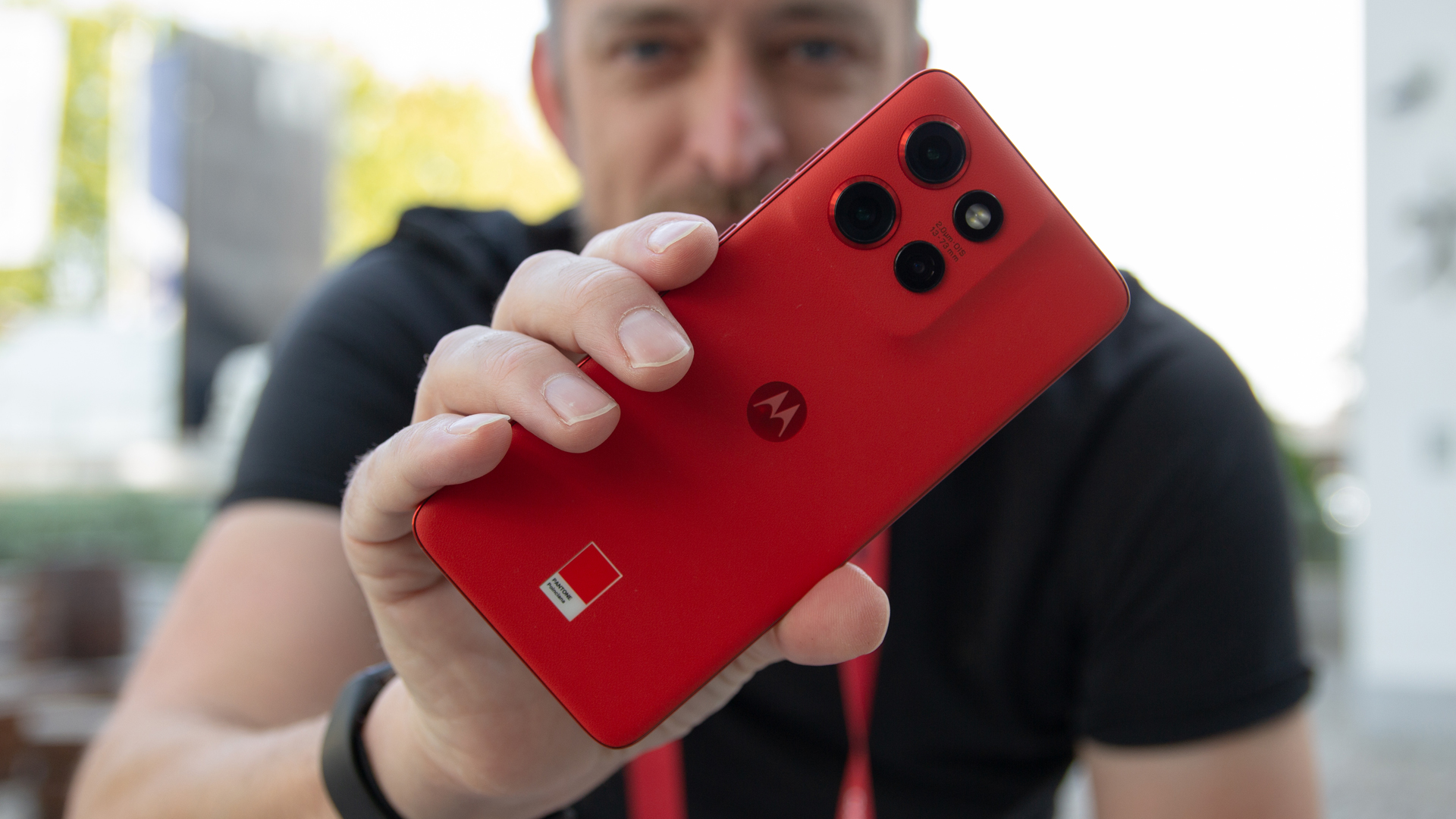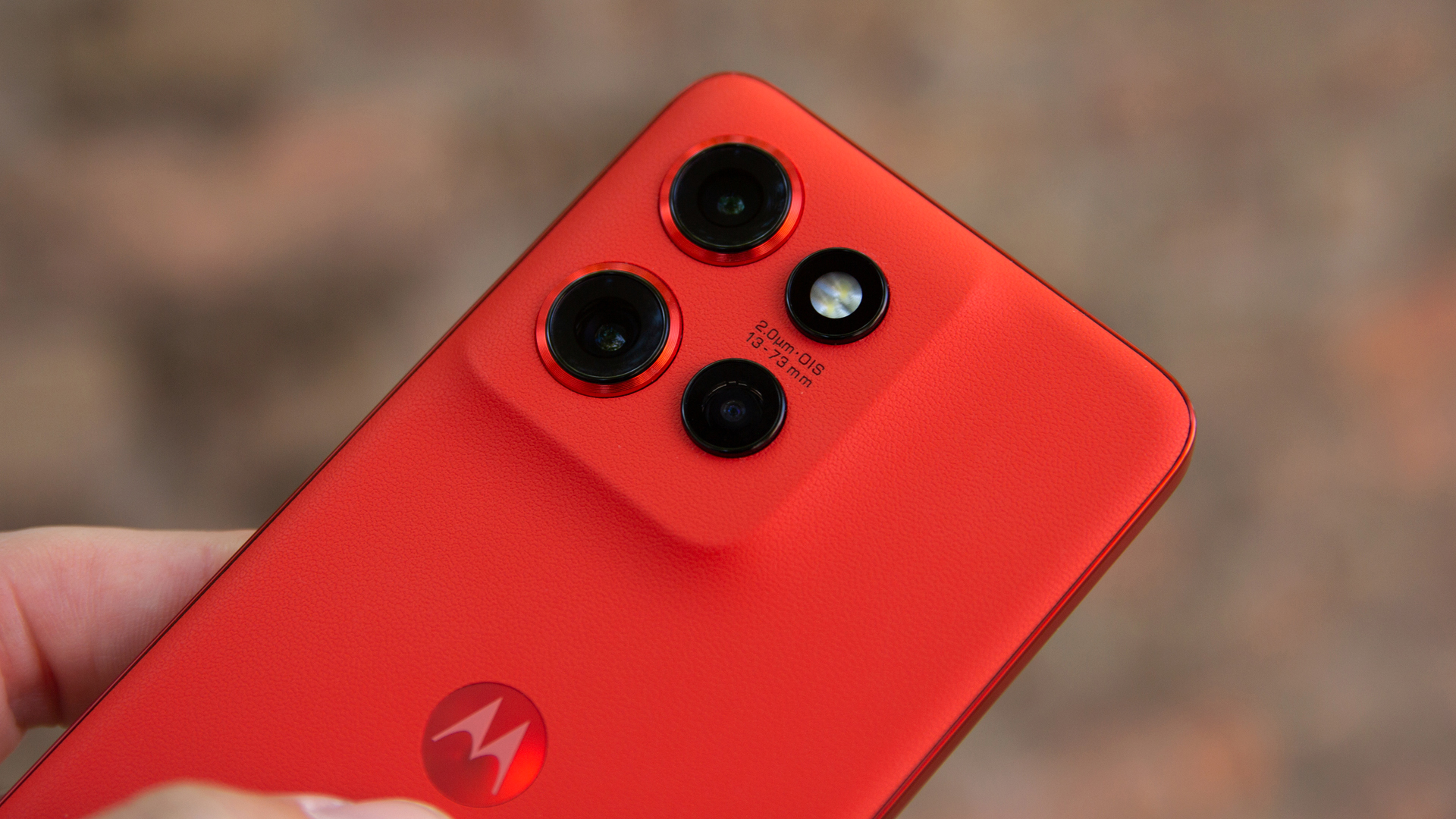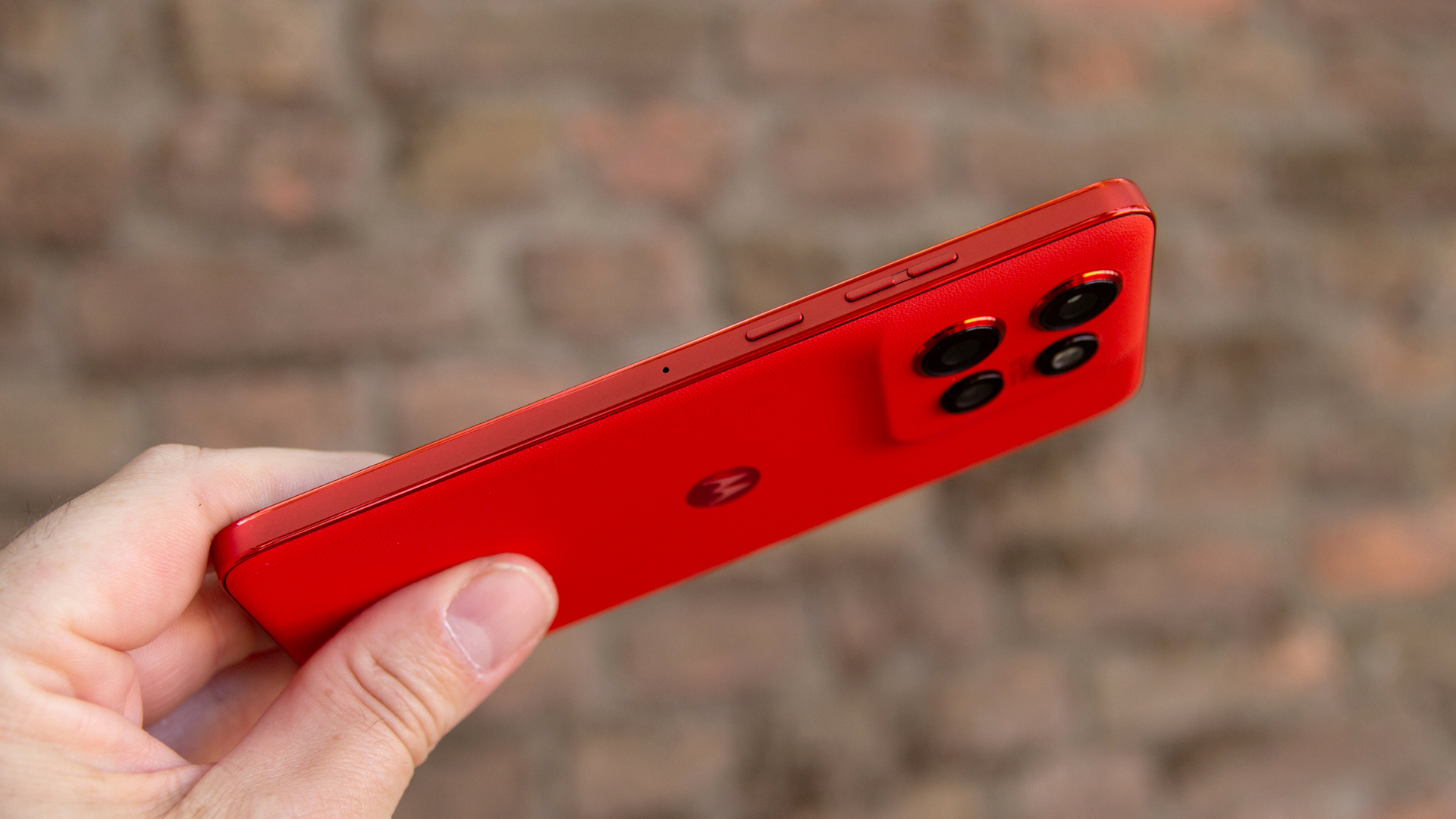I tried Motorola's new Edge 50 Neo and found 5 ways it beats the Google Pixel 9
Motorola's new Edge 50 Neo could be a stealth Pixel alternative


Motorola has found something of a groove recently: if you’re after one of the best phones that’s free from the sort of customisation that is typical of Samsung or OnePlus, then Motorola offers one of the purest Android experiences around.
Sure, there are some areas where Google is the clear leader, not just in terms of bettering Motorola, but bettering the rest of the market too – camera performance being a case in point. But with the Google Pixel 9 – which I’ve reviewed; T3's Pixel 9 Pro XL review is also live – receiving a price bump over the Pixel 8 from last year, some might be looking for something a little more affordable.
Enter Motorola stage left with additions to its Edge family. I’ve already reviewed the Moto Edge 50 Ultra (which is the flagship) and the Moto Edge 50 Fusion (this being a cheaper option), but now the Moto Edge 50 and Moto Edge 50 Neo have joined the family. It was the Edge 50 Neo that caught my eye as a cheaper alternative to the Google Pixel 9.
Here’s a quick rundown of the essential specs, so you can see how they compare – and 5 ways the Motorola can be considered a Pixel-beater handset option.
| Header Cell - Column 0 | Moto Edge 50 Neo | Pixel 9 |
|---|---|---|
| Display: | 6.4-inch pOLED, 3000 nits | 6.3-inch Actua (OLED), 1800-2700 nits |
| Resolution & Refresh: | 1200 x 2670 (460ppi), Adaptive 120Hz | 1080 x 2424 (422ppi), 60-120Hz |
| Processor & RAM: | Dimensity 7300, 8/12GB RAM | Tensor G4, 12GB RAM |
| Battery & Charging: | 4310mAh, up to 68W wired | 4700mAh, up to 30W wired |
| Size (WxHxD) & Weight: | 71.2 x 154.1 x 8.1mm / 171g | 72 x 152.8 x 8.5mm / 198g |
| Cameras: | Triple: 50MP main, 13MP wide, 10MP 3x tele | Dual: 50MP main, 48MP wide |
| Selfie camera: | 32MP | 10.5MP |
| Colours: | Poinciana, Grisaille, Lattè, Nautical Blue | Obsidian, Porcelain, Wintergreen, Peony |
A high-tech display

Starting with the display, I praised the Google Pixel 9 for its 2700 nit peak brightness, but Motorola is offering a 3000 nit peak on the Edge 50 Neo.
That’s not only brighter than the Pixel 9, but it’s an LTPO display, so it’s slightly more advanced. That tech means it can also offer an adaptive refresh rate – which the entry-level Pixel can’t. It’s the same size display, but it is slightly more high-tech.
It’s has a telephoto lens

I’m going there. Yes, I know that the Pixel offers some of the best images that you’ll get from a smartphone and I was quick to praise it in my review. But it’s not the main camera or the ultrawide that I’m interested it, it’s optical zoom. Simply put, the Pixel 9 doesn’t have optical zoom (that's reserved for Google's Pro models).
Get all the latest news, reviews, deals and buying guides on gorgeous tech, home and active products from the T3 experts
The Motorola Edge 40 Neo does, though. It features a 3x optical zoom lens and offers digital zoom out to 30x. I’m not endorsing the performance at 30x, but the fact that you have a dedicated telephoto lens is a credit to Motorola.
Sure, you don’t get all the fancy AI tricks like the Pixel offers, but you do get access to features like Magic Editor through Google Photos – so you can replicate some of the skills of the Pixel once you’ve taken the photo.
The charging experience

The Pixel 9 has a 5000mAh battery, while the Edge 50 Neo only has a 4310mAh battery. I’ll concede that the Pixel will have better endurance, but Motorola’s secret sauce is splashed elsewhere, with support for 68W charging.
That leaves Google’s 27W charging in the dust. Unfortunately you’ll have to buy that charger separately, but it’s well worth it for super-speedy charging you’ll get from it. Almost all phones these days only include the USB cable in the box rather than the plug.
A finish with a difference

Google has a really premium finish on the new Pixel phones, from the squared frame to the Gorilla Glass Victus of the back panel. But the Pixel 9 has a matte frame and a glossy back – and its back is prone to smeary fingerprints and attracting dust.
The Moto Edge 50 Neo is finished in vegan leather and comes in a range of Pantone certified shades: Poinciana (red), Grisaille (grey), Lattè (brown) and Nautical Blue. It's all part of Motorola's partnership with the colourist.
The Motorola's finish is great, and while you might want to put a case on your phone, I’ve found that the leather finishes wear well – they provide grip, they avoid smears, and they look great. They give a real premium finish to the phone, making it stand out as something a little different.
The price

Then you come to the price. The Google Pixel 9 costs £799 / $799 / AU$1349, but the Moto Edge 50 Neo is a £399 / €499 phone (that's a $525 / AU$772).
It’s not slated for a release in the US, where Motorola launches different variants, and I don’t have pricing for Australia, but whichever way you cut it, it’s substantially cheaper for those markets in which it will appear.
Google Pixel 9 v Moto Edge 50 Neo

Of course that doesn’t make the Motorola immediately the better phone overall. But it certainly does have advantages over Google’s offering if you’re looking for 6.4-inch device.
Google’s phone is more powerful, the main cameras are likely to be better, it has 7 years of software support (which is market-leading), not to mention the fact that it will be first in line for Android software updates. Motorola will be offering 5 years of updates on the Moto Edge 50 Neo.
Tempted by either? Here are the direct links to the respective models: the Google Pixel 9 is available to buy now, as is the Motorola Edge 50 Neo.

Chris has been writing about consumer tech for over 15 years. Formerly the Editor-in-Chief of Pocket-lint, he's covered just about every product launched, witnessed the birth of Android, the evolution of 5G, and the drive towards electric cars. You name it and Chris has written about it, driven it or reviewed it. Now working as a freelance technology expert, Chris' experience sees him covering all aspects of smartphones, smart homes and anything else connected. Chris has been published in titles as diverse as Computer Active and Autocar, and regularly appears on BBC News, BBC Radio, Sky, Monocle and Times Radio. He was once even on The Apprentice... but we don't talk about that.